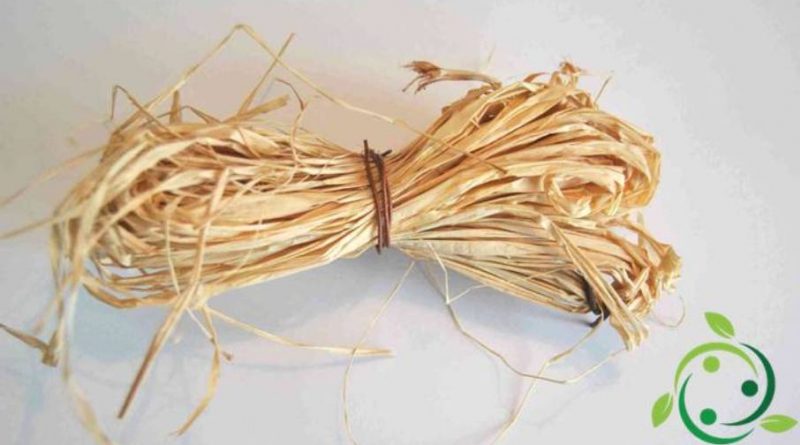The raffia and its uses
The raffia and its uses
The raffia is a tough and coarse fiber, which is used in the manufacture of cordages, basketry and weaving items, such as mats and bags to replace jute. The ràfia is derived from a variety of tropical palm trees that make up the genus Raphia, with large jambs, long pinnate fronds, large elliptic fruits. The uses of this fiber are many but it must be said straight away that there is a natural and a synthetic raffia. As the raffia finds remarkable applications in the agricultural field, for various operations it is advisable that we do not use the synthetic one because, obviously, we will make considerable quantities of materials of difficult biodegradability. A strand of natural raffia has a maximum length of about 1.5 m and an irregular width. When this occurs on the spool or in skein with a length of more than one and a half meters and regular width is not really raffia, it can be synthetic raffia, produced from a plastic material (polyamide), or artificial, just as viscose (derived from wood) , therefore of cellulosic base even if chemically treated).
The raffia is used in agriculture and gardening for the binding of grafts, guardians and all those operations of anchoring plants to support systems.
This fiber, besides presenting a good resistance to both tension and atmospheric agents, has the characteristic of not damaging the plants. Precisely for this reason, it is chosen to bind and hold the grafts in position, since the rolled wire will not leave wounds or marks on the plants. But, as mentioned, it can be used to fix anchorage points or, alternatively, to fasten some climbing varieties to their relative support poles.
If instead in this use, which is especially notable in horticulture, we use synthetic materials, as well as creating some problems to the plants (as they are treated materials that can release toxic substances) we do nothing but increase the ecological footprint of our agricultural activity that, among sacks of fertilizers, plastic bins, aluminum milk, etc., is transformed into a continuous transfer of waste and non degradable materials on our land.
Another peculiarity of the raffia is that it lends itself to a more dynamic use through the wetting of the same before its use which allows the fiber of which it is composed to lengthen slightly and then shrink after drying. This procedure should be used whenever we need to create a more solid anchor between the plant, graft or support parts that we must use in our agricultural activity.
In short, even in the attention to small things we do good service to our environment.

